
Jeremy Cox ENB 150 2012
Friday, December 14, 2012
Sunflower
My sunflower I received met an untimely demise when it was resting on a windowsill 2 stories above ground when I accidentally knocked it down below. It mixed in with the rest of the dirt and I was not able to recover it again although since it fell into dirt it is possible it could grow there instead. If I would have kept it, it probably would have germinated in 5 to 7 days and grown from there. It would soon be too big for the small cup and needed to be transplanted in order to keep growing. I included some pictures of what it could have looked like if it had not fallen.
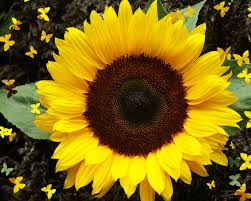


Wednesday, November 7, 2012
Rocks
Obsidian was a rock that we learned about and it is a volcanic rock and therefore classified as a ingenious rock formed by the lava cooling down. It is mainly found in the western US and is prized for its reflectiveness and sharpness. This was a common material to use as arrow heads for Indians or the end of spears because of the durability and sharpness of it. The chemical composition is 70-75% SiO2 and contains MgO and Fe3O4.

Another rock we learned about was sandstone. This is formed by an immense pressure on different layers of sand that will then come together and form a solid form. Since sand is required for this rock, it is mainly found in dry, sandy areas mainly deserts. It has some components of it such as felspar and quartz which are common to be found in the ground.


Another one is called slate and this is a metamorphic rock which means it was formed with a massive amount of pressure and low heat. This is popular and has many uses such as flooring, writing aids and decoration. Most of the common slate is grey with some varying from purple to green varaitaions.
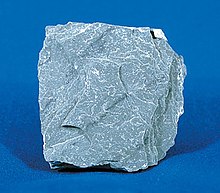
Lastly, the rock we learned about was actually a mineral called zoisite. It is classified as a metamorphic or pegamitic mineral. It has a well known pink color called thulite. It was named in 1805 after an Austrian scientist Sigmund Baron Zois.
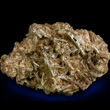

Another rock we learned about was sandstone. This is formed by an immense pressure on different layers of sand that will then come together and form a solid form. Since sand is required for this rock, it is mainly found in dry, sandy areas mainly deserts. It has some components of it such as felspar and quartz which are common to be found in the ground.
Another one is called slate and this is a metamorphic rock which means it was formed with a massive amount of pressure and low heat. This is popular and has many uses such as flooring, writing aids and decoration. Most of the common slate is grey with some varying from purple to green varaitaions.

Lastly, the rock we learned about was actually a mineral called zoisite. It is classified as a metamorphic or pegamitic mineral. It has a well known pink color called thulite. It was named in 1805 after an Austrian scientist Sigmund Baron Zois.

Soil
We learned about soil and the 12 soil orders of the road. The soils are classified by a chart called a soil diagram chart. This allows the soil found to be classified to either clay, loam or sand and any variation in between. This is a very basic chart to read as you simply match the numbers up and move inwards from the particular variation.

We then learned abut the Munsell Soil Chart which can can determine the soil type based on its color or more specifically the hue and chroma. This was developed by a professor and is used by the USDA.

Lastly, the 12 soil orders of the world were talked about and the list is shown below. The common soil type for Georgia is utisol. The 12 soil orders of the world are alfisol, andisol, ardisol, entisol, gelisol, histisol, inceptisol, mollisol, oxisol, spodosol, ultisol and vertisol.


We then learned abut the Munsell Soil Chart which can can determine the soil type based on its color or more specifically the hue and chroma. This was developed by a professor and is used by the USDA.
Lastly, the 12 soil orders of the world were talked about and the list is shown below. The common soil type for Georgia is utisol. The 12 soil orders of the world are alfisol, andisol, ardisol, entisol, gelisol, histisol, inceptisol, mollisol, oxisol, spodosol, ultisol and vertisol.

Olcmulgee National Monument
For lab this week, we went to the Olcmulgee National Monument and went into the park and looked at the different soils in different areas. We then measured the soil against a Munsell Color book. Then we went to an old Indian mound and went inside a small tunnel to the opening. It was a place of dwelling for Indians and was one of many mounds in the area. The mounds were discovered by workers digging up the area to lay down track for the railroad and ended up pulling out bones. They then realized it was a burial ground and it has been protected ever since. This area has been occupied by many different civilizations and was a source of trade as it was very easy to access from the river. Later on it was more modernized when a doctor paid for a highway to be built close by in order to see his family.




Monday, October 1, 2012
Tree Lab
Red Maple or Acer Ruburn is a very common tree in eastern North America. Its leaves, seeds and twigs all are various forms of red. It usually stands around 49 feet when mature.
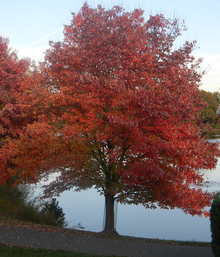
Willow Oak is a deciduous tree in the oak family. It is most common along streams or where there is water close by. It stands out from other oaks by its willow shaped leaves.

Dogwood or Corneus is a tree that is deciduous and can also be a shrub. They have simple untoothed leaves .



Marigold or tagetes, is a flower of perennial or annual that is a member of the sunflower family. It is commonly found in the Americas.

Snap Dragons or antihirrums are flowers that resemble the opening of a dragons mouth. They are common in Europe, North America and North Africa.

Angels Trumpet or datura, is a flower that is also known as a moonflower that is commonly found in the Americas and belongs to the family Solanaceae.

Itea is a genus of ten shrubs and small trees with small flowers and petals and are native to East North America and eastern Asia.

Sago Palm is a cone bearing plant that has an appearance similar to a palm tree and is a specie of cycads and can be found in many locations in the world.
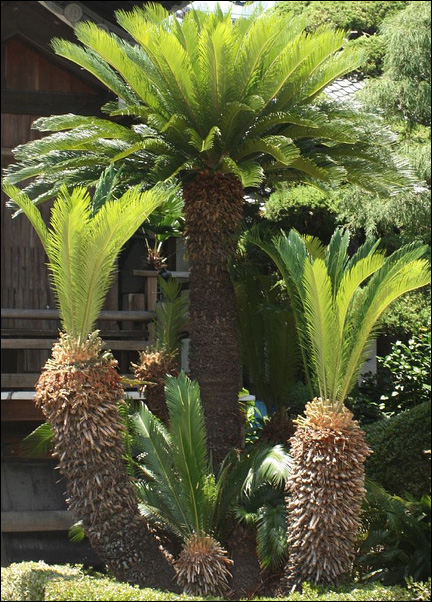


Loropatelum is a shrub in the witch hazel family that is common to Japan, China and Asia in the south east.
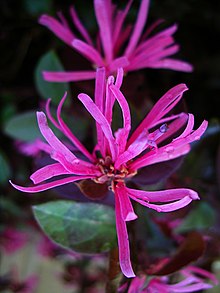

Willow Oak is a deciduous tree in the oak family. It is most common along streams or where there is water close by. It stands out from other oaks by its willow shaped leaves.

Dogwood or Corneus is a tree that is deciduous and can also be a shrub. They have simple untoothed leaves .

Marigold or tagetes, is a flower of perennial or annual that is a member of the sunflower family. It is commonly found in the Americas.

Snap Dragons or antihirrums are flowers that resemble the opening of a dragons mouth. They are common in Europe, North America and North Africa.

Angels Trumpet or datura, is a flower that is also known as a moonflower that is commonly found in the Americas and belongs to the family Solanaceae.

Itea is a genus of ten shrubs and small trees with small flowers and petals and are native to East North America and eastern Asia.
Sago Palm is a cone bearing plant that has an appearance similar to a palm tree and is a specie of cycads and can be found in many locations in the world.

Loropatelum is a shrub in the witch hazel family that is common to Japan, China and Asia in the south east.

Friday, September 28, 2012
Lab 2
For our 2nd lab we went to the Ocmulgee River and did different experiments. One of the experiments we did there was to measure the flow rate of the river at different depths. We accomplished this by having a floating object and a stop watch to measure the distance traveled over time which gives a velocity. Our results was that the deeper water had a slow but steady flow rate but the shallow water was literally stand still as our object barely moved forward at all. Another experiment we did was to measure the amount of clams at different locations in the river. We found out that in the deeper water the clams were more prominent compared to shallower water. Along the shore also the clams were rarer than out in the deeper water. The finals experiment we did was to measure the difference in the elevation along the river bed. We used two sticks with premarked lengths and a string attached between them to have a constant to go with the length. This is the graph we created to show the difference between the width of the river and the depth. The average depth of the trials was 19.8.

Friday, September 7, 2012
Subscribe to:
Posts (Atom)